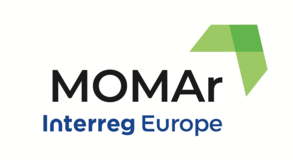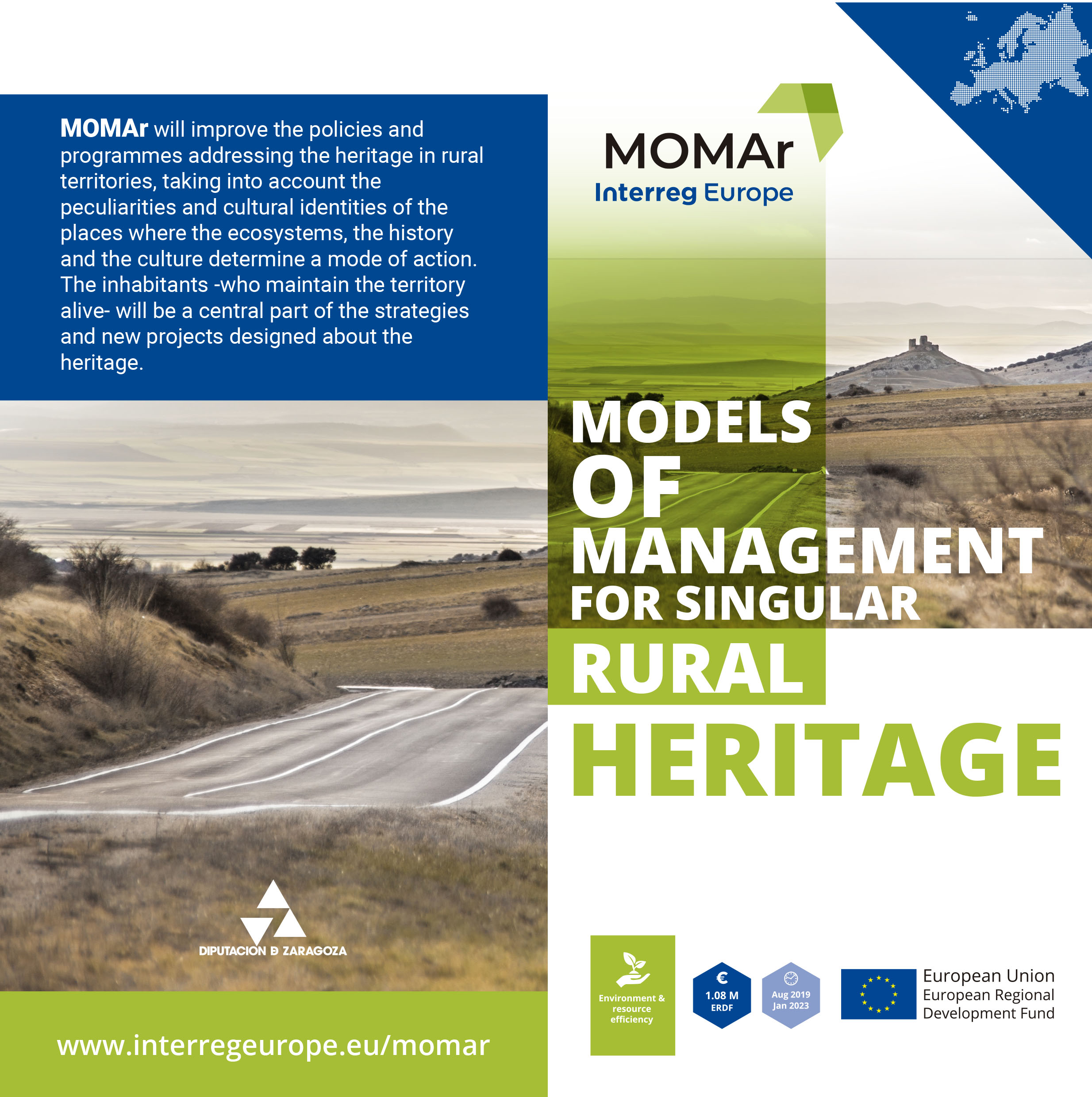MOMAr carried out a successful last study visit in Mehedinti County (Romania) to visit on-site good practices in heritage management, previously identified in the project. The visit brought together 24 heritage experts from five rural areas of Europe for two days, the 8th and 9th of June. The experience was hosted by the Romanian partner, the Territorial Administrative Unit of Mehedinti County, and attended by all the partners together with stakeholders from each country.
Actions to preserve and promote heritage
The last study trip was marked by the will to promote the history, the culture and the traditions of Mehedinti County, through the discovery of entities open to the public and destined to raise awareness about the region’s heritage.
The first day of the study visit started at the Iron Gates Region Museum, located in the city of Drobeta Turnu Severin. There, a meeting was held and also recorded and broadcast on local television. During this event, Chircu Doinita, manager of the site, presented the good practices conducted by the museum and the plans for its future. The vice-president of Mehedinti County Council, Ramona Cupă, also attended the meeting and talked about the importance of the museum in the heritage protection and tourism development of the region, as well as the importance of the MOMAr project. As the lead partner of MOMAr, the Provincial Government of Zaragoza got the chance to present the main lines of the project and emphasized the importance of understanding the past and preserving and modernizing European heritage. Afterward, the group of experts visited the archaeological park and the museum’s exhibitions.
This activity was followed by a cruise on the Danube river to observe the great natural diversity of the surroundings, where fauna and flora are very dense compared to other areas. Several historical sites can also be found on the banks of the river, such as the sculpture of Decebalus, overlooking the Danube river and known as the tallest rock relief in Europe, at 55 meters in height and 25 meters in width. Another historical place that lies next to the river water is the Veterani Cave which was used as a fortress during the Great Turkish War.
The experts of MOMAr then visited an example of heritage management good practice: Eibenthal, a Czech village nested in the Banat Mountains, inhabited by a Czech community and which has become a meeting and celebration place. Thanks to a restaurant and a music festival called the ‘Festival Banat’, founded by Tiberiu and Tomaș Pospișil, the village welcomes several thousand visitors each year, mainly from Romania and the Czech Republic. To end this day, the successful initiative DiGiParks was presented by Amalia Dumbravă, expert of the Iron Gates National Park. This good practice is responsible for replicating 3D models of highlighted heritage sites of the region, and its main goal is to raise awareness about these sites through digital tools.
The following day began with a tour of the Iron Gates Hydroelectric Power Station, a key site in Romania since it produces 15% of the country’s electric energy and 40% of the hydroelectric energy. The station was built in 1964, connecting Romania to Serbia, and was designated as one of the largest hydropower plants in Europe. Half of it belongs to Romania and a museum was created in this part of the station, back in 1976. It focuses on informing about the history of said place, as well as highlighting the natural and cultural heritage of this part of the Danube river, where different types of rocks, animals and plants can be found.
The next stop was the Balta Cave, located in the Mehedinti Geopark Plateau, a place in which are combined nature and culture through an acoustic concert given by a local music school in an innovative and original setting. The next stop of the route was the Selistea Saint Nicholas wooden church, built over 200 years ago and which will soon be renovated thanks to a public funding project. This initiative shows the willingness of the Romanian administration to preserve local heritage. At the end of this last day of the study visit, the group had the opportunity to discover the history of a natural site called God’s Bridge told by a local professor, Dumitru Borloveanu. Located in the village of Ponoarele, the bridge is known as the biggest natural bridge in Romania and the second one in Europe and is the only natural bridge in the world that one can walk on. It gets its name from many legends surrounding its apparition.
This study visit is the fourth and last one of the project, and it concludes the exchange of knowledge on heritage management models among European territories. The final objective of this first phase of MOMAr has been the importation of good practices and with it, the development of an Action Plan in each territory in which partners worked on new proposals for the improvement of local projects.












